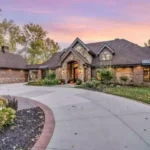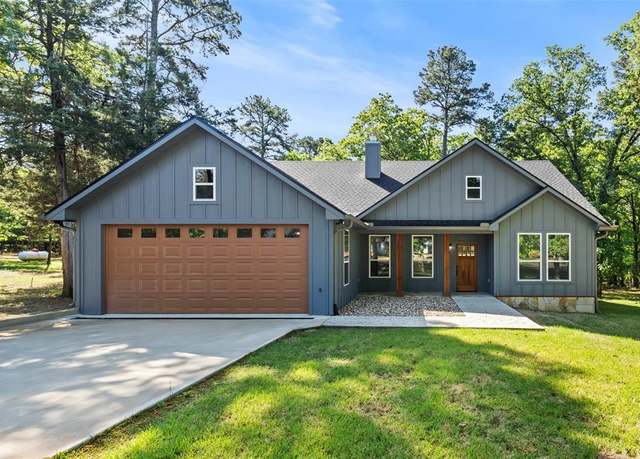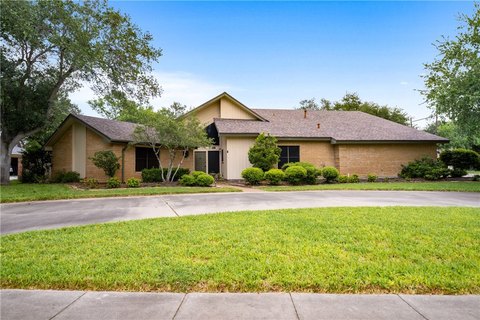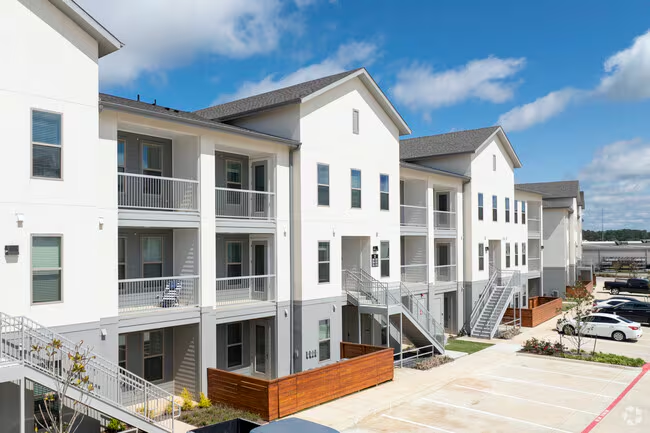When considering where to live, people often weigh the differences between suburban, rural, and urban areas. Each environment offers unique advantages and challenges, depending on one’s preferences and lifestyle. In this article, we will explore the key differences between suburbs vs rural vs urban environments, helping you better understand the benefits and limitations of each.
What Are Suburbs?
Suburbs are typically residential areas that are situated on the outskirts of larger cities. They offer a balance between the hustle and bustle of city life and the peace and quiet of rural living. Suburban areas often feature single-family homes, good schools, and access to urban amenities, all while providing a quieter, more relaxed atmosphere.
Key Characteristics of Suburbs:
- Proximity to Cities: Suburbs are usually located just outside major metropolitan areas, providing easy access to city centers without the congestion and noise.
- More Space: Compared to urban areas, suburban homes generally offer larger properties and more living space.
- Community Focus: Suburbs often have tight-knit communities with an emphasis on family-friendly activities and suburban comforts.
- Transportation: Suburbs typically rely on cars, although many are well-served by public transit options that connect to nearby cities.
Advantages of Suburban Living:
- Lower Cost of Living: Suburbs tend to have lower housing prices than cities, making them more affordable for families and young professionals.
- Better Schools: Suburban areas often have excellent schools, making them a popular choice for families with children.
- Safety: Suburbs tend to have lower crime rates than urban areas, making them feel safer for raising children or living a peaceful lifestyle.
Challenges of Suburban Living:
- Commute Times: Although suburbs are close to cities, commuting can still take time, especially during rush hours.
- Less Nightlife: While suburban areas have community-focused entertainment, they typically lack the vibrant nightlife and cultural activities found in urban environments.
What Is Rural Living?
Rural areas are characterized by wide-open spaces, fewer people, and a connection to nature. These areas are typically located far from large cities, offering a peaceful, slower-paced lifestyle. Rural living often appeals to those who appreciate solitude, wide open spaces, and a simpler way of life.
Key Characteristics of Rural Areas:
- Vast Open Spaces: Rural areas are known for their expansive landscapes, including farmland, forests, and natural reserves.
- Low Population Density: With fewer residents per square mile, rural areas offer a quieter, more isolated lifestyle.
- Agriculture and Nature: Many rural areas are associated with farming and natural beauty, often attracting people who want to connect with nature.

Advantages of Rural Living:
- Peace and Quiet: One of the biggest draws of rural areas is the peace and quiet. Without the noise of traffic and crowded neighborhoods, rural areas offer a calm and serene environment.
- Access to Nature: Rural areas provide residents with ample opportunities to connect with nature, from hiking and fishing to wildlife watching and gardening.
- Lower Cost of Living: Like suburbs, rural areas often offer more affordable housing, as property prices are typically lower than in urban areas.
Challenges of Rural Living:
- Limited Services: Rural areas often lack the convenience of grocery stores, medical centers, and other services found in urban or suburban areas.
- Isolation: While many enjoy the solitude of rural living, it can also lead to a sense of isolation, especially for those who are used to the social opportunities of a city.
- Limited Job Opportunities: Job markets in rural areas can be more limited, particularly for specialized professions.
What Is Urban Living?
Urban areas are characterized by high population density, a wide range of services, and a fast-paced lifestyle. Cities and large towns fall into this category, where opportunities for work, education, and entertainment are plentiful. Urban living is often sought after by those who thrive in dynamic environments.
Key Characteristics of Urban Areas:
- High Population Density: Urban areas are densely populated, often leading to a bustling environment filled with people, cars, and activities.
- Cultural and Social Opportunities: Cities offer a wide variety of cultural, social, and recreational activities, from museums and theaters to bars and restaurants.
- Infrastructure and Services: Urban areas have well-developed infrastructure, including public transportation systems, hospitals, schools, and other services.
Advantages of Urban Living:
- Convenience: Urban living provides easy access to everything from shopping malls and restaurants to entertainment venues and cultural institutions.
- Job Opportunities: Cities are often hubs for diverse job markets, especially for those in technology, finance, and creative industries.
- Diversity and Culture: Urban environments are typically more diverse, offering a chance to interact with people from different cultures and backgrounds.
Challenges of Urban Living:
- Cost of Living: Urban areas tend to have a higher cost of living, especially when it comes to housing and daily expenses.
- Traffic and Congestion: High population density often leads to traffic congestion, making commuting times longer and more stressful.
- Noise and Pollution: Urban environments are typically noisier and have higher levels of pollution, both air and sound, which can affect quality of life.
Suburbs vs Rural vs Urban: Key Differences
The choice between suburbs vs rural vs urban living largely depends on one’s lifestyle preferences and priorities. Here’s a quick comparison of the three:
| Factor | Suburbs | Rural Areas | Urban Areas |
|---|---|---|---|
| Population Density | Moderate | Low | High |
| Access to Services | High (schools, shopping, etc.) | Low | Very High (medical, education) |
| Cost of Living | Moderate | Low | High |
| Space | More space than urban areas | Lots of space | Limited space |
| Social Opportunities | Moderate | Low | High |
| Job Opportunities | Moderate | Low | High |
Conclusion: Which Environment is Right for You?
Choosing between suburbs, rural areas, and urban environments depends on a variety of factors, including your lifestyle preferences, career needs, and family dynamics. If you value peace and solitude, rural living might be the ideal choice. On the other hand, if you enjoy a dynamic, fast-paced lifestyle with easy access to jobs and entertainment, urban living could be more fitting.Suburban living offers a balance of both worlds, combining the calm of a quieter environment with proximity to city life. Ultimately, the decision comes down to what you prioritize most—whether it’s peace, convenience, or the excitement of living in a city.












 Afrikaans
Afrikaans Shqip
Shqip አማርኛ
አማርኛ العربية
العربية Հայերեն
Հայերեն Azərbaycan dili
Azərbaycan dili Euskara
Euskara Беларуская мова
Беларуская мова বাংলা
বাংলা Bosanski
Bosanski Български
Български Català
Català Cebuano
Cebuano Chichewa
Chichewa 简体中文
简体中文 繁體中文
繁體中文 Corsu
Corsu Hrvatski
Hrvatski Čeština
Čeština Dansk
Dansk Nederlands
Nederlands English
English Esperanto
Esperanto Eesti
Eesti Filipino
Filipino Suomi
Suomi Français
Français Frysk
Frysk Galego
Galego ქართული
ქართული Deutsch
Deutsch Ελληνικά
Ελληνικά ગુજરાતી
ગુજરાતી Kreyol ayisyen
Kreyol ayisyen Harshen Hausa
Harshen Hausa Ōlelo Hawaiʻi
Ōlelo Hawaiʻi עִבְרִית
עִבְרִית हिन्दी
हिन्दी Hmong
Hmong Magyar
Magyar Íslenska
Íslenska Igbo
Igbo Bahasa Indonesia
Bahasa Indonesia Gaeilge
Gaeilge Italiano
Italiano 日本語
日本語 Basa Jawa
Basa Jawa ಕನ್ನಡ
ಕನ್ನಡ Қазақ тілі
Қазақ тілі ភាសាខ្មែរ
ភាសាខ្មែរ 한국어
한국어 كوردی
كوردی Кыргызча
Кыргызча ພາສາລາວ
ພາສາລາວ Latin
Latin Latviešu valoda
Latviešu valoda Lietuvių kalba
Lietuvių kalba Lëtzebuergesch
Lëtzebuergesch Македонски јазик
Македонски јазик Malagasy
Malagasy Bahasa Melayu
Bahasa Melayu മലയാളം
മലയാളം Maltese
Maltese Te Reo Māori
Te Reo Māori मराठी
मराठी Монгол
Монгол ဗမာစာ
ဗမာစာ नेपाली
नेपाली Norsk bokmål
Norsk bokmål پښتو
پښتو فارسی
فارسی Polski
Polski Português
Português ਪੰਜਾਬੀ
ਪੰਜਾਬੀ Română
Română Русский
Русский Samoan
Samoan Gàidhlig
Gàidhlig Српски језик
Српски језик Sesotho
Sesotho Shona
Shona سنڌي
سنڌي සිංහල
සිංහල Slovenčina
Slovenčina Slovenščina
Slovenščina Afsoomaali
Afsoomaali Español
Español Basa Sunda
Basa Sunda Kiswahili
Kiswahili Svenska
Svenska Тоҷикӣ
Тоҷикӣ தமிழ்
தமிழ் తెలుగు
తెలుగు ไทย
ไทย Türkçe
Türkçe Українська
Українська اردو
اردو O‘zbekcha
O‘zbekcha Tiếng Việt
Tiếng Việt Cymraeg
Cymraeg isiXhosa
isiXhosa יידיש
יידיש Yorùbá
Yorùbá Zulu
Zulu